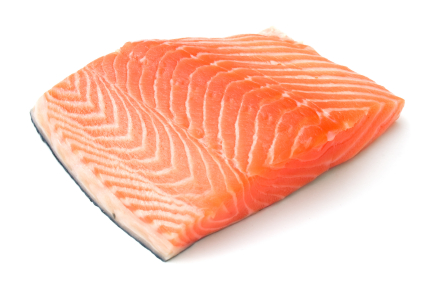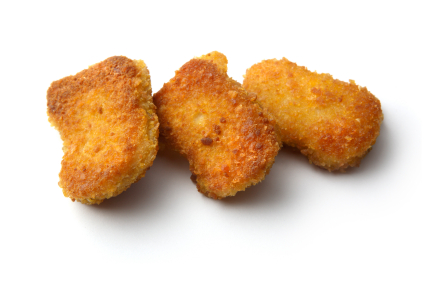When my info-larder gets too packed, it’s time to serve up some choice nuggets from around the Web.
————
• Fascinating–and elegantly done–graphic depiction of British food consumption since the 1970s. (Via Internet Food Association.)
• You know that nasty industrial meat I’ve been writing so much about lately? Turns out it’s sexy–according to the National Corn Growers Association blog.
• The Wall Steet Journal on why both the agribusiness giants and some small-scale farmers are mobilizing against the current House food safety legislation. (More on this soon.)
• Kurt Michael Friese recently reported here on an egregious case of pesticide drift–toxic chemicals landing where they’re not supposed to–wreaking havoc on an organic farm. Evidently, it’s a major trend in the Midwest–one that’s not playing very well in Peoria. The Peoria Journal-Star reports on growing outrage over places like playgrounds and vineyards getting heavy mistings of of 2,4-D–which sounds like the name of a jokey robot but is really a nasty old-school herbicide. That same paper also reports on an alarming trend that needs more coverage–the explosion in use of chemical fungicides on Midwesten cornfields. Turns out that the European agrichem giant BASF is marketing fungicides as a yield enhancer–and they’re applied to “as much as 20 percent of [Illinois’s] 12 million acres of corn.” The price tag is hefty–at $24/acre, BASF and other agrichem giants are bringing in $57 million in revenue just from Illinois corn growers alone. To put it another way, if you run 1,000 acres–a relatively modest amount in corn country–you’re cutting a check for $24,000 to an agribiz for fungicide alone. Exemplary reporting from The Peoria Journal-Star--long live small-city newspapers! (Via Ethicurean.)
• From High Country News, a vividly written piece on another topic worthy of more analysis–IFQs (individual fishery quotas) as a way to save the fishes of the desperate sea. (That last phrase is my own tribute to the great singer Jolie Holland.) On Grist recently, Rebecca Bratspies of CUNY Law School and the Center for Progressive Reform critiqued IFQs, prompting lively discussion among commenters.
• Over on HuffPo, an attempt to figure out the 10 best cities for local food.
• In a well-reported short article, Newsweek discovers the appeal of urban gardening in hard economic times.
• From The Boston Globe, a superficial look a classic techno fix: nanotechlogy to fight cancer and obesity. Why should people drink fewer industrial milkshakes, when guys in white lab coats are figuring out how to put tiny particles into milkshakes that make fat indigestible? Besides GMOs, I can’t think of a novel technology that has so quickly gone from nonexistence to near-ubiquity without any real testing or regulation.
• While industry-funded scientists busy themselves making make fat indigestible, NPR reports that other researchers are realizing just how important quality fats–consumed in moderation–are to human nutrition. Turns out you need a little added fat to absorb all the health-giving carotenoids of red, yellow, and orange veggies. Rather than doctoring up milkshakes, should we be promoting the wonders of say, carrot and beet salad tossed in olive oil and a squeese of lemon? Just a thought!
• Having said that, surely there’s nothing wrong with a little (nanotech-free) ice cream–especially if you make it yourself with great ingredients. Here’s a food-pornish guide, with recipes, to some fun ice creams from Gourmet; and here’s the recipe for my favorite recent ice cream excursion–salted caramel— from the Paris-based David Lebowitz. The stuff is insanely delicious–and a little bit is more than enough. And here’s my solid, no-frills ice cream maker.




